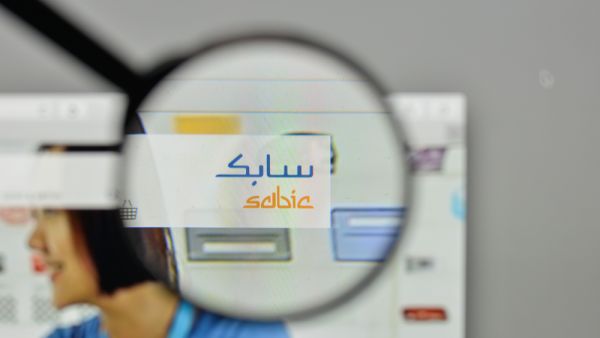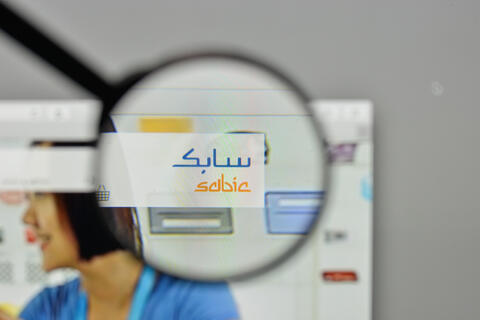Sabic has secured important reductions relating to sustainability during 2020 in flaring emissions (56%), material loss intensity (46.3%), green-house gas intensity (15.5%) and energy intensity (10.5%) compared to 2010 baselines.
Sabic also contributed over $33.4 million in monetary and in-kind donations to support the Covid-19 response, delivered across 212 activities and reaching more than 35 million people in five continents, the company said in its 2020 Sustainability Report.
Now in its 10th year and entitled ‘Thriving Responsibly’, the report outlines how the company’s actions are advancing the circular economy; addressing climate change; and embedding environmental, social and governance (ESG) principles into every aspect of the business.
In 2020, Sabic also deepened its commitment to the circular economy, expanding the TRUCIRCLE portfolio of products and services to facilitate cross-value chain efforts working to close the loop on used plastic for good.
Yousef Abdullah Al-Benyan, Sabic Vice Chairman and CEO, said: “The year in review has proven that there are very real economic challenges for organizations that cannot or will not adapt to the changing world. Disruption triggered by the Covid-19 pandemic accelerated many of the trends that forward-looking companies had previously identified.
“Against this backdrop of definitive change, Sabic is well-positioned to thrive. Our longstanding ESG commitments have already helped strengthen our business resiliency, bringing enhanced operational efficiencies and timely investment in new low-carbon technologies.”
Bob Maughon, Executive Vice President, Technology and Innovation, said: “Sabic is committed to addressing the industry challenges of carbon neutrality and the circular economy through embracing the need for innovation, external collaboration, and new value chain partnerships. In view of the commitment on a path to carbon neutrality, Science Based Targets initiative (SBTi) target-setting is under review. Our success toward this ambition is enabled by the willingness to test new technology solutions, business models, and partnerships, and the integration of ESG principles into every part of our business, functions, and markets.”










